Taking fan controller in voltage regulator room as an example, this paper introduces the selection of devices in the design, the analysis of the control circuit principle, the production and debugging, and provides a reference for you. Introduction: Although the high voltage in the transmitter is a dedicated line, the 380VAC voltage varies frequently due to changes in power supply and load. In order to stabilize the input voltage to the transmitter, our station has installed three voltage transmitters (the voice transmitter of China, the broadcasting master and the standby machine of the Opera) respectively. In order to reduce the ambient temperature of the surge regulator room, two 700W fans are installed in the surge regulator room. In order to control the temperature of the surge regulator room, two fans need to be manually combined/interrupted.
When the daytime temperature is too high in summer, two fans should be combined.
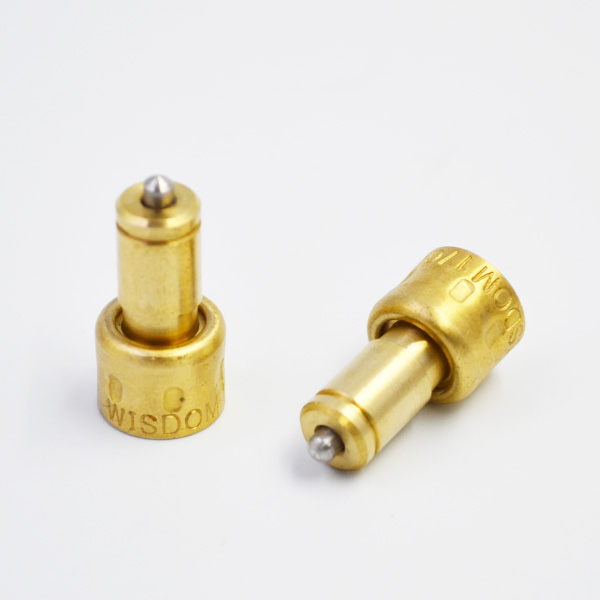
When the temperature is lower in spring and autumn, two fans should work alternately, which may ensure the temperature of the surge regulator room and prolong the life of two fans. In order to control the temperature of the regulator chamber automatically and accurately in real time, we have designed and manufactured an automatic fan controller. The design idea and working principle of the fan controller are introduced and analyzed. When the control board fails to repair, two fans can be closed or closed manually. The temperature controller was originally planned to be made by single-chip computer, but because the temperature control of the self-made temperature controller is not very accurate, thermostatic element the commonly used ground heating temperature controller on the market is chosen as the temperature detector. Because the temperature of the regulator room is close to 40 C in summer and the upper limit of the general temperature controller is 35 C or 40 C, after careful screening, we choose a LCD thermostat named “Pomfret C50”, whose temperature measurement range is – 10 – 90 C.
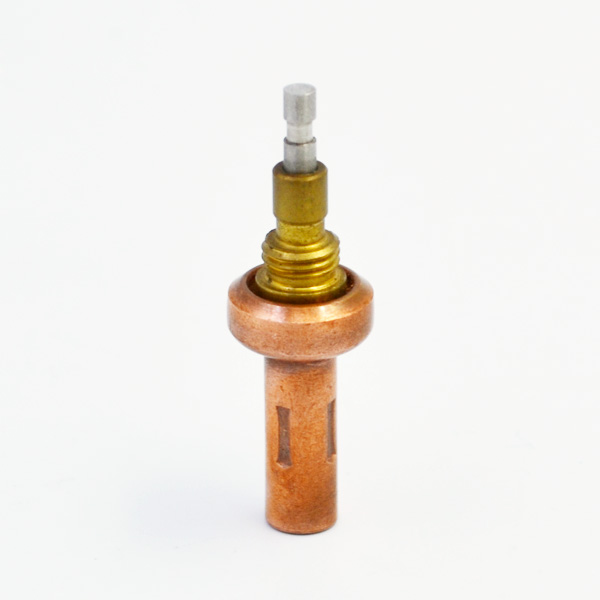
The LCD thermostat is intuitive and easy to operate. It can be controlled by timing switch and temperature control. The thermostat provides a trigger pulse to the control board to make it move. The design circuit diagram is shown in Figure 1. The output signal of the temperature detector passes through the relay to the control board. The control board uses the de-jitter circuit to the inverter (74HC14), the D flip-flop (74HC74) to the gate circuit (74LS08), and finally the output control triode 2N4401 is sent to the AC contactor through the solid-state relay GTJ4-10A220VAC/3-32VDC, which drives the fan to work. Because the integrated circuit in the control board needs 15V and 5V power supply, we can use switching power supply to output two kinds of voltage directly. But in order to simplify the switching power supply, we use 220VAC/ 15V single power supply, and use three-terminal regulator LM7805 to regulate the voltage in the control board. When the double-pole double-throw switch S0 on the control board hits the top, it works for two blowers at the same time. When the indoor temperature exceeds the set temperature, the temperature controller makes the relay K0 not suck together. When a grounded control signal is sent from J1-5, the signal sucks and drives K1, K2 and K4 through S0 to J2-8 (1# blower) and J2-6 (2# blower), respectively, so that the two blowers work simultaneously. When the double-pole double-throw switch S0 on the control board hits the bottom, it works alternately for two fans. When the indoor temperature exceeds the set temperature, the temperature controller makes the relay K0 not suck. When a 15V trigger signal is sent from J1-6, the signal goes through the de-jitter circuit to the inverter (74HC14) and then to the D flip-flop (74HC74) to make its five legs high. At the same time, a 5V level is sent from J1-4 to the gate circuit (74LS08). ) At this time (74LS08), the three legs output high level, making Q1 turn on, low level signal through the double-pole double-throw switch S0 to J2-8 legs, so that K1 suction and drive K3 suction, so that 1 # fan live work. When the indoor temperature is lower than the set temperature, the thermostat sucks the relay K0.
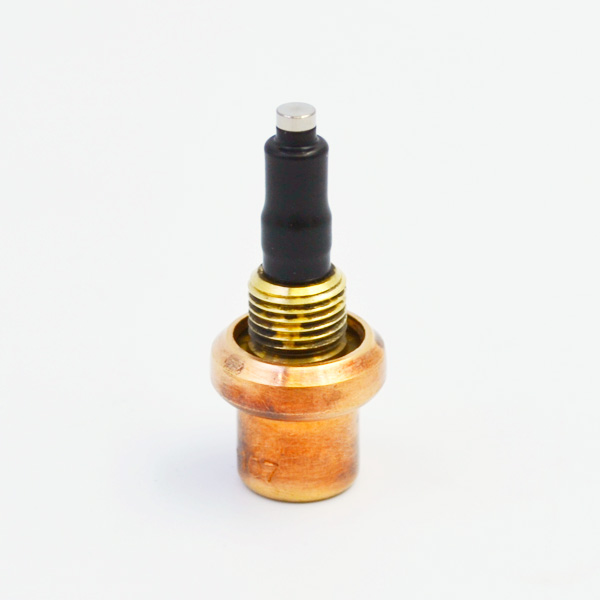
When J1-6 has no 15V trigger signal, the signal passes through the de-jitter circuit to the inverter (74HC14) and then to the D flip-flop (74HC74) without action.
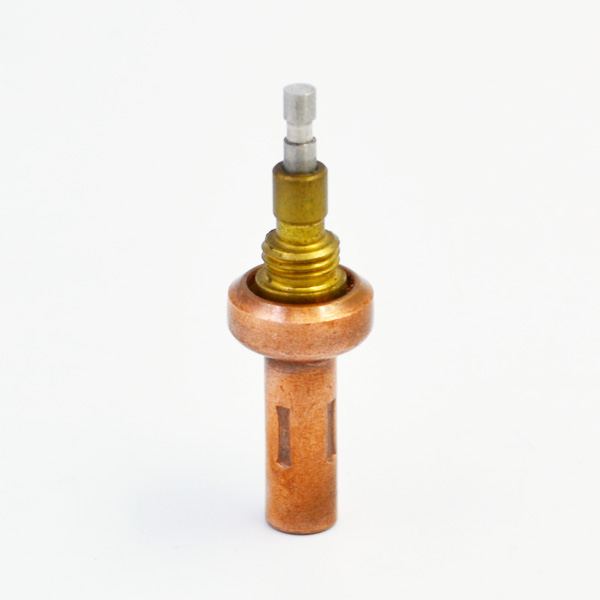
Its five legs are still high, but at this time, from J1-4 without 5V level to 2/5 legs with the gate circuit (74LS08). Therefore, the three and six legs of (74LS08) output low level, so that Q1/Q2 is cut off, so that K1, K2, K3, K K, and DHC74 do not move. No suction, so that two blowers do not work. When the indoor temperature exceeds the set temperature for the second time, the thermostat makes the relay K0 not suction. When a 15V trigger signal is sent from J1-6, the signal passes through the de-jitter circuit to the inverter (74HC14) and then to the D trigger (74HC74), making its six feet high level. At the same time, a 5V level is sent from J1-4 to two fifths of the feet of the gate circuit (74LS08). At this time, the six feet of (74LS08) output high level, which makes Q2 conductive and low level signal. No. 2 makes K2 suction drive K4 suction by double-pole double-throw switch S0 to J2-6 feet, and makes 2# fan live. When the indoor temperature is lower than the set temperature, the thermostat makes the relay K0 suck in. When J1-6 has no 15V trigger signal, the signal passes through the de-jitter circuit to the inverter (74HC14) and then to the D flip-flop (74HC74), and the six legs are still high. But at this time, the six legs of J1-4 have no 5V level to 2/5 legs of the gate circuit (74LS08). Therefore, the three and six legs of (74LS08) output low level, so that Q1/Q2 is cut off, so that K1, K2, K3, K K, and D flip-flop-flop are still high. No suction, so that two blowers do not work, so that two blowers can work alternately.
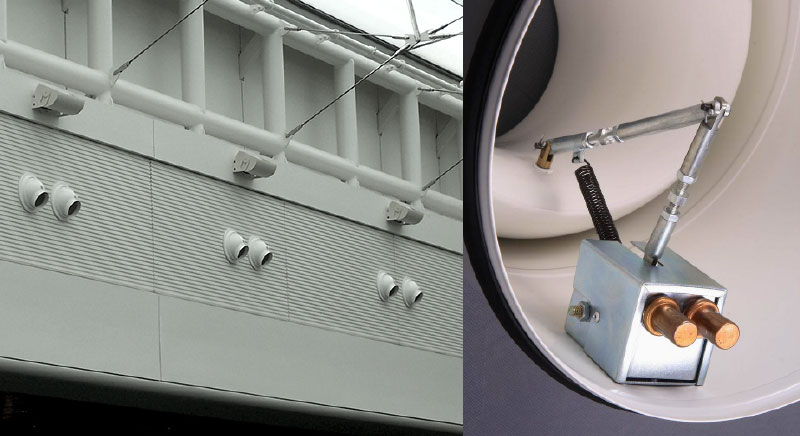
S1 and S2 are manual emergency switches for two fans respectively. This switch is mainly an emergency switch when the failure of the control board needs to be repaired. Normally, S1 and S2 are disconnected. After careful installation, to ensure that there is no assembly error, after careful inspection of the connection, the power-on test can be carried out. After power-on, the voltage of each contact point can be measured whether normal. After normal, the temperature detector head is heated by a blower. The controller works normally, and then it is formally installed in the regulator room. In practical use, the fan temperature controller is easy to operate, intuitive, accurate and reliable. It can open the fan in time when the indoor temperature rises, which saves electric energy and reduces unnecessary wear and tear of the fan.
The components used in the thermostat are common components in the market. It is easy to choose and manufacture. Therefore, the method of making the thermostat is written down. I hope it can be used for reference. Due to our limited level, there are inevitably some deficiencies in the article. I hope that colleagues will make more corrections.
